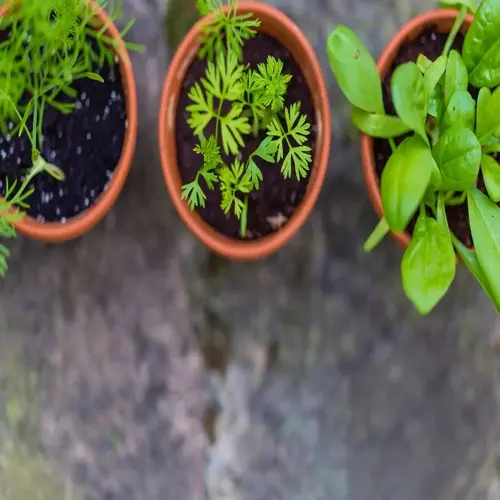What's the simplest grafting technique for beginners?

Written by
Paul Reynolds
Reviewed by
Prof. Charles Hartman, Ph.D.Whip-and-tongue grafting is beginner-friendly and provides good cambium contact between scion and rootstock with its interlocking approach. This is the technique I had a 90% success rate with on my first apple grafts.
First, to make matching angled cuts on both parts, cut them at 30 degrees. I use a sharp grafting knife held firm against a block. The length of the cut should be 1 1/2 times the diameter of the branch. Carefully made cuts previously eliminated the gaps that spoil it.
Cut Preparation
- Make identical 30-degree angled cuts on scion and rootstock
- Cut length equals 1.5x branch diameter for proper surface area
- Ensure smooth surfaces without jagged edges
Tongue Creation
- Split both pieces vertically down the center of the cut face
- Depth should match the length of the angled cut surface
- Form tongues that interlock securely when joined
Joining and Securing
- Fit tongues together ensuring all cambium layers align
- Wrap immediately with rubber grafting tape
- Apply grafting wax to seal exposed surfaces
Interlocking tongues ensure stable healing. The connection acts as a hook-and-loop characteristic to prevent slips, a feature that most other grafting methods lack. Most of my early grafts failed because I did not understand how to cut the tongues accurately. Start with practice on willow branches.
Healing consistently occurs in 3-6 weeks if kept in proper conditions. Just keep the grafts shaded and moist. For the first month, I covered mine with paper bags. Remove the tape when you see active bud growth.
Steer clear of these usual drawbacks: dull knives cracking cambium, loosie wrapping allowing wiggle, and improperly sealing. My third-season grafts got significantly better after improving these factors. Success is grounded in basic techniques.
Read the full article: Mastering Grafting Fruit Trees: A Complete Guide

